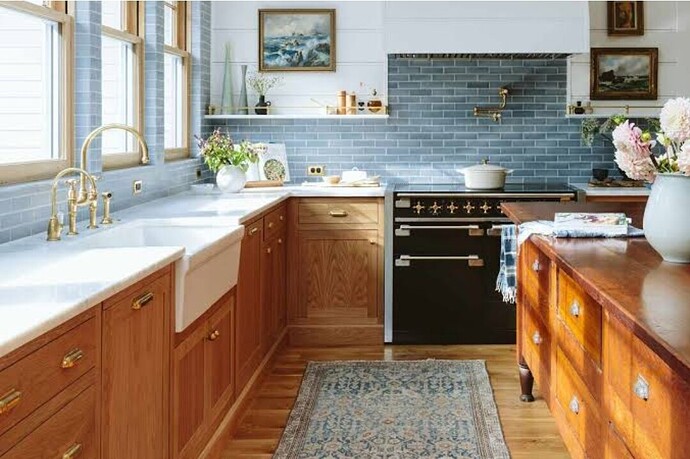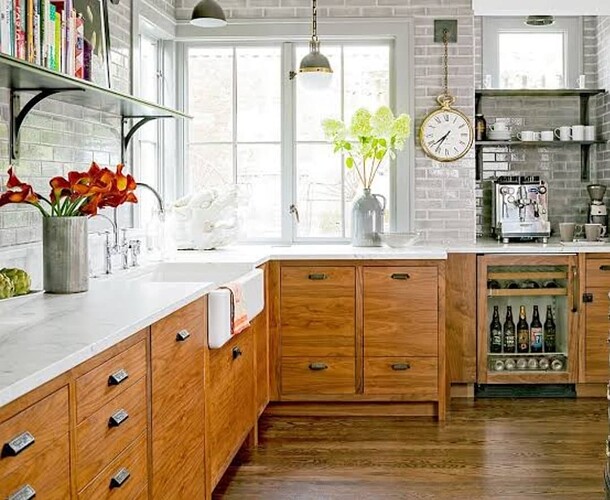Home renovations can breathe new life into a property, but the costs often make homeowners hesitate. The good news is that you don’t need a massive budget to achieve meaningful improvements. With careful planning, creativity, and resourcefulness, you can transform your home without overspending. Here are some practical budget-friendly renovation tips to help you get started.
1. Plan Ahead and Set Priorities
The first step toward affordable renovations is proper planning. Identify which areas of your home need attention the most. Is it the outdated kitchen, the worn-out flooring, or simply a lack of storage? Create a list of must-do projects versus nice-to-have upgrades. Prioritizing essentials ensures you spend on what truly improves functionality and comfort, rather than unnecessary extras.
2. Refresh Instead of Replace
One of the easiest ways to cut renovation costs is to refresh existing elements instead of replacing them entirely. For example, rather than buying new kitchen cabinets, consider painting the ones you already have and adding modern hardware. The same goes for furniture—reupholstering a sofa or sanding and refinishing wooden tables can make them look brand new at a fraction of the cost.
3. Embrace DIY Projects
Doing some of the work yourself can save hundreds, if not thousands, of dollars. Simple tasks like painting walls, installing shelves, or laying peel-and-stick flooring tiles don’t require professional expertise. Online tutorials make it easier than ever to learn new skills. That said, leave complex tasks like electrical or structural work to licensed professionals to avoid costly mistakes.
4. Shop Smart for Materials
You don’t always need brand-new materials to achieve a beautiful result. Check out salvage yards, online marketplaces, and discount home improvement stores for gently used or overstock items. Reclaimed wood, vintage light fixtures, and leftover tiles can add character while keeping expenses low. Timing your purchases around seasonal sales can also save a significant amount.
5. Focus on High-Impact, Low-Cost Changes
Some updates deliver a dramatic effect without draining your budget. A fresh coat of paint can instantly brighten a room. Upgrading lighting fixtures can modernize your home’s ambiance. Replacing outdated faucets, cabinet handles, and doorknobs are small changes that create a noticeable improvement. Even rearranging furniture or adding a few affordable décor pieces can refresh a space.
6. Repurpose and Upcycle
Before discarding old items, think about how they can be reused. An old dresser can become a stylish bathroom vanity, while wooden crates can be turned into shelving units. Upcycling not only saves money but also creates unique, personalized pieces for your home.
7. Tackle One Project at a Time
Trying to renovate everything at once can overwhelm your budget. Instead, break down your renovation goals into smaller, manageable projects. This allows you to spread costs over time and avoid unnecessary debt while still making steady progress toward your dream home.
Conclusion
Renovating on a budget is all about strategy and creativity. By prioritizing essential upgrades, repurposing existing items, shopping smart, and embracing DIY, you can achieve a stylish and functional home without overspending. A little resourcefulness goes a long way in turning your renovation vision into reality while keeping your
finances intact.

